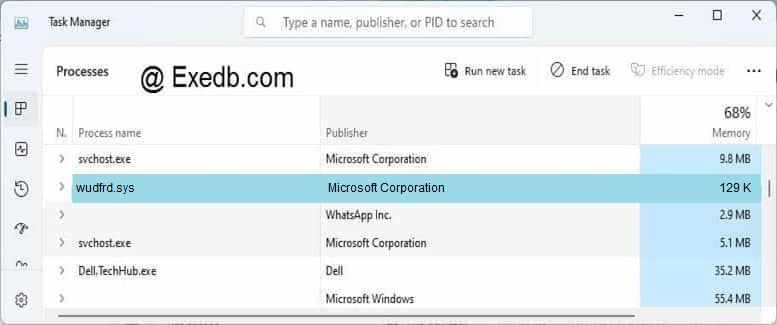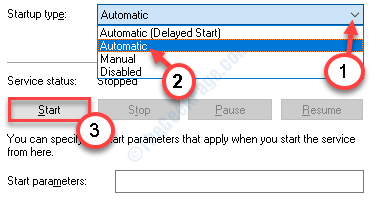
- #What is wudfrd service how to
- #What is wudfrd service install
- #What is wudfrd service driver
- #What is wudfrd service full
InformationalAdministrator troubleshooting history detailsĭetails of the administrator troubleshooting history logs.įolder name: C:\Users\mike_\AppData\Local\elevateddiagnostics

Troubleshooting history and logs are currently taking up 0MB of disk space. Potential issues that were checked Detection detailsĦ Troubleshooting history is taking up disk space Issue not present Issue not presentĮrror reports are taking up disk spaceError reports are taking up disk spaceĮrror reports and logs are currently taking up 0MB of disk space. Troubleshooting history is taking up disk spaceTroubleshooting history is taking up disk space The System Maintenance completed with "no changes or updates necessary."
#What is wudfrd service install
So in this case, Event ID 219 is not associated with any problem I'm experiencing, but it did lead me to a concern: I'm Windows 10 install is missing a standard service for some reason. I don't think I've deleted any Windows service.

I don't recall having deleted the service. I believe it is one of the standard services in Windows 10.
#What is wudfrd service driver
More concerning now is the fact that "Windows Driver Foundation - User-mode Driver Framework" is missing. Therefore, I wanted to see if Method 6: "Check Windows Driver Foundation service Settings" would help.

I had already checked / tried methods 1 thru 5 on my own. It offers 6 methods to address "The driver \Driver\WudfRd failed to load". In this case, I found an article addressing "The driver \Driver\WudfRd failed to load", and it appears to be somewhat reasonable. I assume a computer with less errors and warnings is running more smoothly than one with more, and I generally learn something while I research the errors. I try to minimize the errors and warnings, not that it makes any perceptible difference in the computer's operation and performance. That said, I do periodically check the Event Log, and I try to research and address errors and warnings even when I'm not experiencing any problems with the OS. Yes, I realize many of the errors and warnings in the Event Viewer can be safely ignored basically every computer that has been running for any length of time will have some errors and warnings in the log. I'm not experiencing any problems outside Event Viewer. I like his articles, and I hadn't seen that one before. Thanks for your reply and link to the Wise Geek article.

#What is wudfrd service how to
Learning how to use and understand Event Viewer is a critical skill for figuring out what is going on with a PC, and troubleshooting problems. They walk you through filtering by only critical errors and then act surprised that all you are seeing are critical errors. In fact, the tech support scammers are using Event Viewer as part of their sales tactic to convince confused users that their PC is infected with viruses. The biggest problem with Event Viewer is that it can be really confusing – there are a lot of warnings, errors, and informational messages, and without knowing what it all means, you can assume (incorrectly) that your computer is broken or infected when there’s nothing really wrong. The following is a direct quote from the How-To Geek website. There is a great deal of error messages which are not actually related to a specific problem. Learning the relevance of the Event Viewer errors is needed if you are going to try to diagnose problems from it.
#What is wudfrd service full
What kind of problem/s are you experiencing that you have looked in the Event Viewer for answers? Please provide a full description of this problem.


 0 kommentar(er)
0 kommentar(er)
